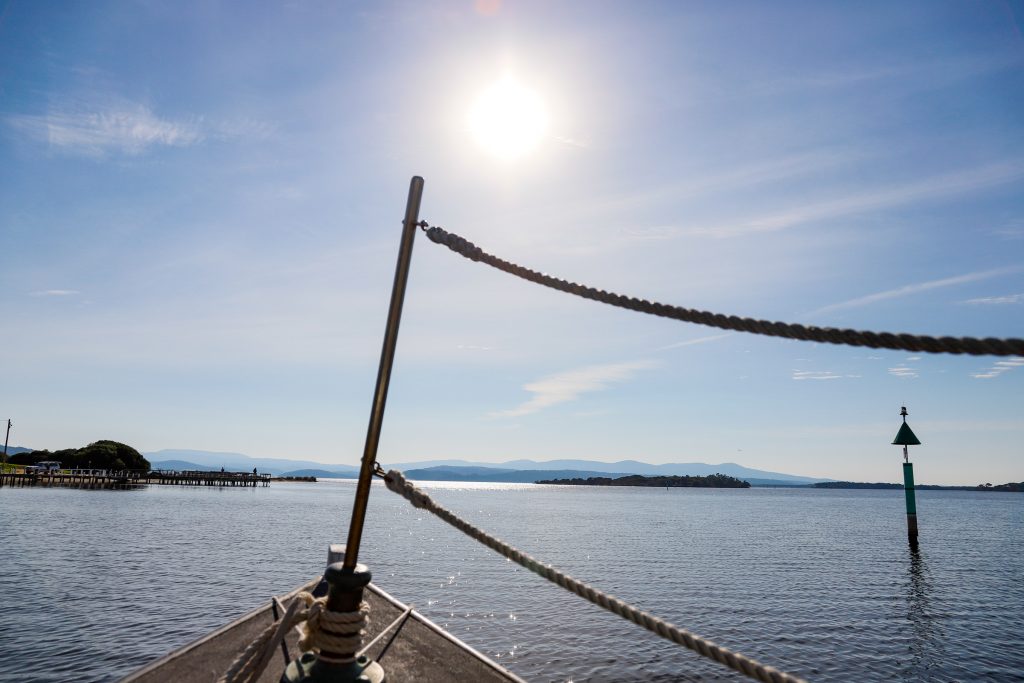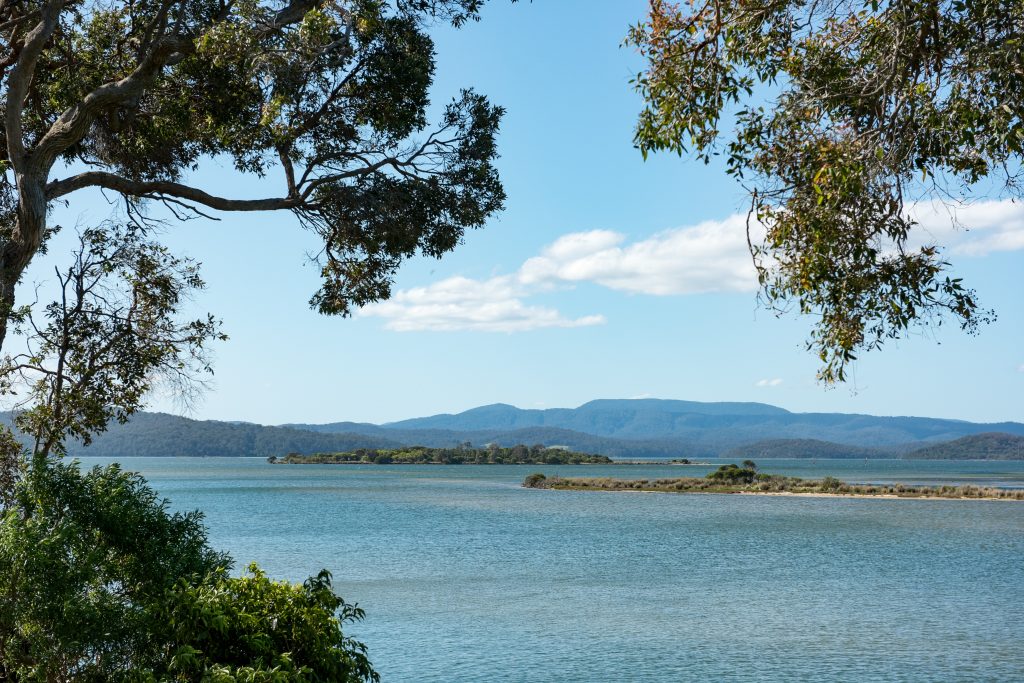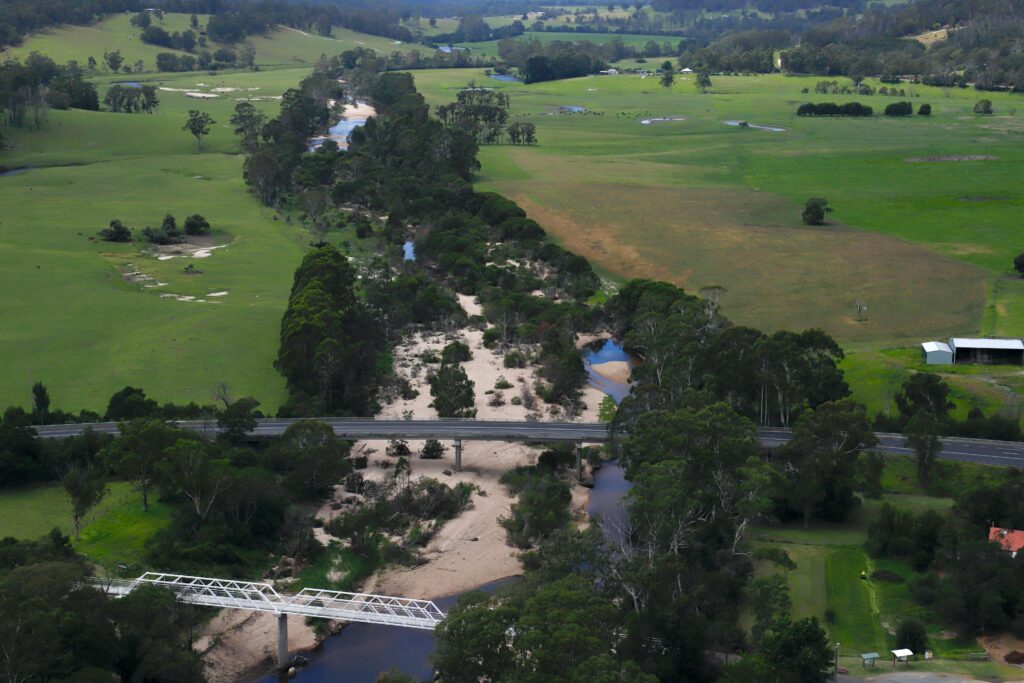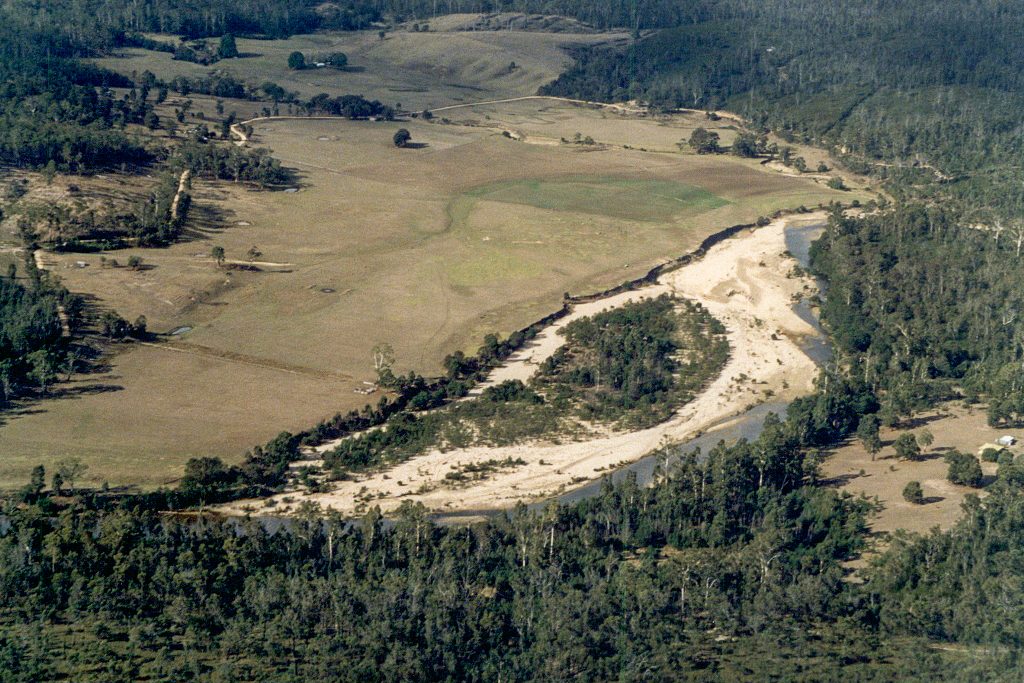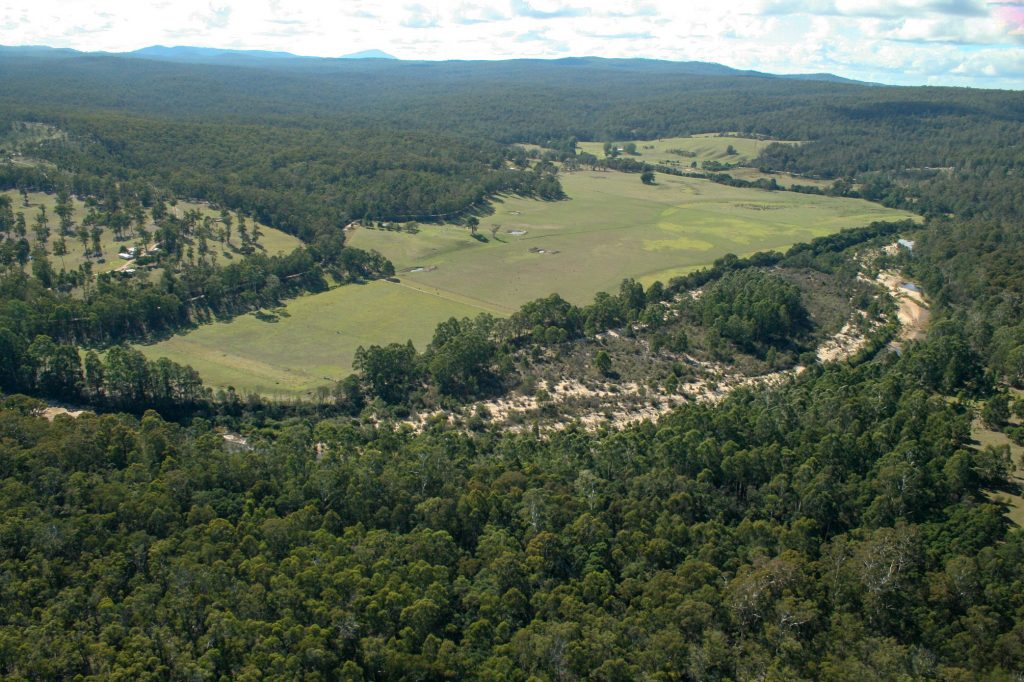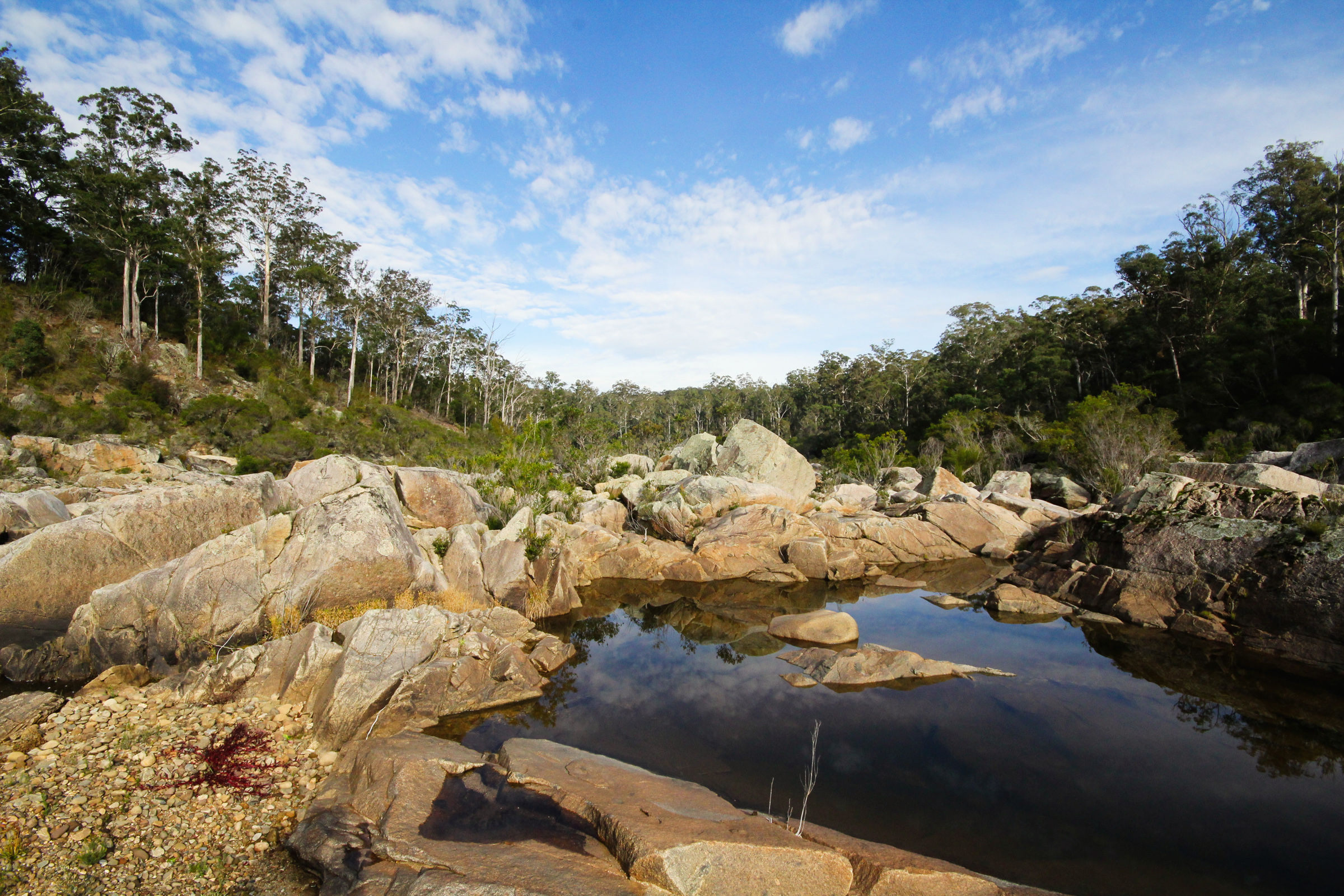The Genoa River starts in southern New South Wales (NSW) and flows southwards into Victoria where it joins the Wallagaraugh River (which also starts in NSW). Both rivers flow into Mallacoota Inlet before entering Bass Strait at Mallacoota.
Large tracts of the Genoa River catchment are public land and include state forests and national parks in Victoria and New South Wales.
In New South Wales, the Genoa National Park and Mt Imlay National Park (near Eden) are located wholly or partly in the catchment.
There are also State Forests in New South Wales located wholly or partly in the Genoa and Wallagaraugh catchments.
In Victoria, there are two national parks – Coopracambra, a wilderness area that adjoins the Genoa National Park in New South Wales, and the Croajingolong National Park that extends along the coast strip from the New South Wales border to Sydnenham Inlet. There are also large areas of State Forest in the Genoa and Wallagaraugh catchments in Victoria.
Mallacoota Inlet is recognised as a high-value wetland in the Directory of Important Wetlands. Other wetlands include Lake Barracoota and numerous smaller wetlands on Howe Flat. The estuary is subject to periodic closure resulting from variations in river flows and climatic patterns.
Mallacoota Inlet and the adjoining township of Mallacoota provide significant tourism and recreational opportunities. Fishing (on the Inlet and off-shore) and boating (yachting, kayaking, canoeing) are popular, as well as driving tours and bushwalking in the surrounding national parks and along the coast.
Condition
The East Gippsland CMA has completed rehabilitation works that have significantly reduced erosion at priority sites.
The works included bank stabilisation, fencing and revegetation, reduced stock access to waterways, and interstate programmes to control pest plants, especially willows.
These works have been very successful and it is often difficult to recognise the rehabilitated sites when compared with past photographs of the same sections of rivers.
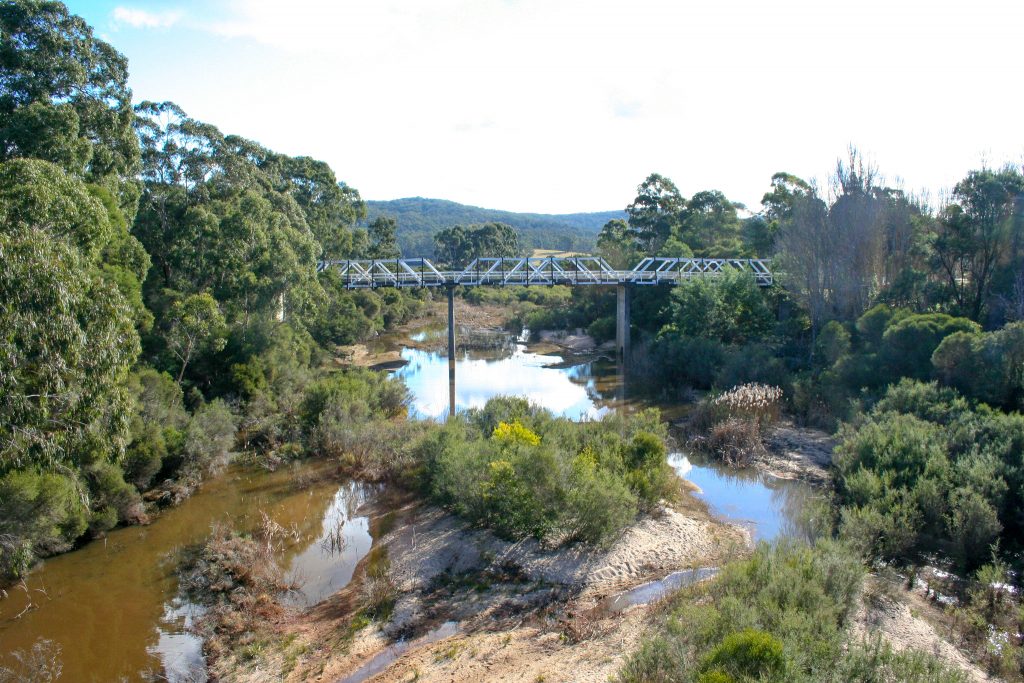
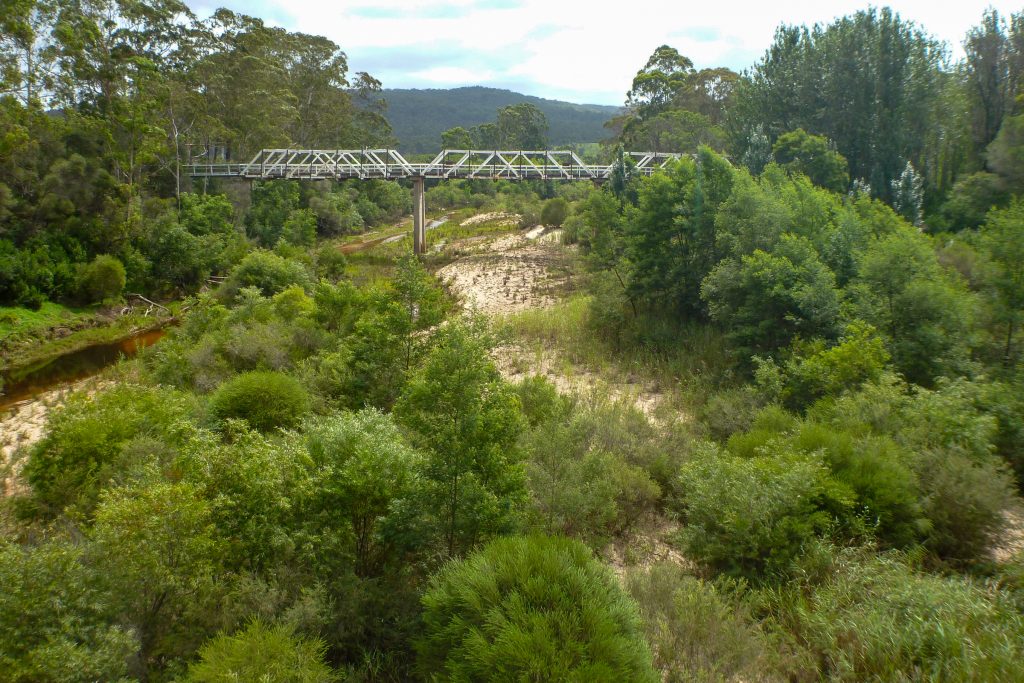
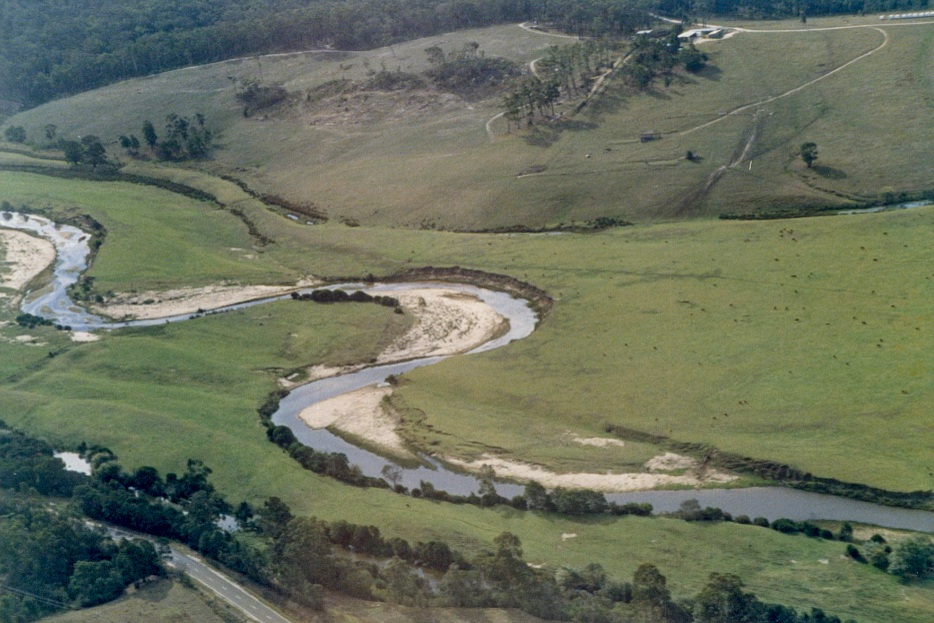
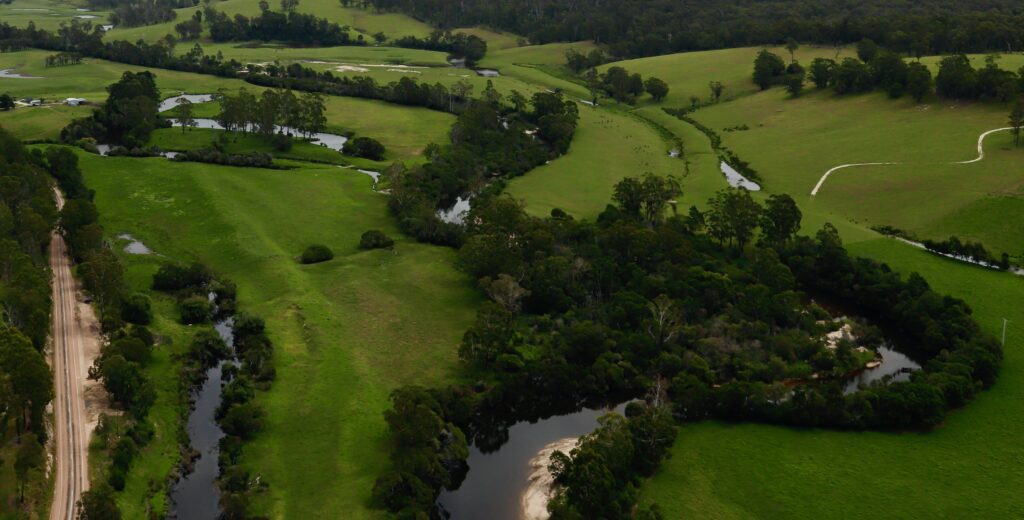
History
While catchments in the Far East are extensively forested, there have been problems in the past with bank erosion along sections of the river and with sediment (sand) travelling downstream and threatening the ecology of significant wetlands, including Mallacoota Inlet.
These problems resulted from a combination of human actions (land management, road construction) and natural events (fires and floods).
A report in 1992 concluded that future management activities to control erosion and sedimentation should focus on the rehabilitation of the main channel erosion sites, and immobilise sand through revegetation of stream verges. To do this along the entire Genoa River, interstate cooperation between river management authorities in Victoria and New South Wales was needed.
In the following years, the East Gippsland CMA and its predecessor (the East Gippsland River Management Board) completed rehabilitation works that significantly reduced erosion on the priority sites identified in the report. The works included bank stabilisation, fencing and revegetation, reduced stock access to waterways, and interstate programmes to control pest plants, with a focus on willow eradication.
These works were very successful and it is often difficult to recognise the rehabilitated sites today when comparing them with past photographs of the same sections of rivers. Some examples of these works are shown in the ‘before’ and ‘after’ photographs here.
Current works on the Genoa River typically involve the maintenance of fencing particularly after flood events, weed control including willows, and some plantings to support natural revegetation along the banks of the river.
Gallery
